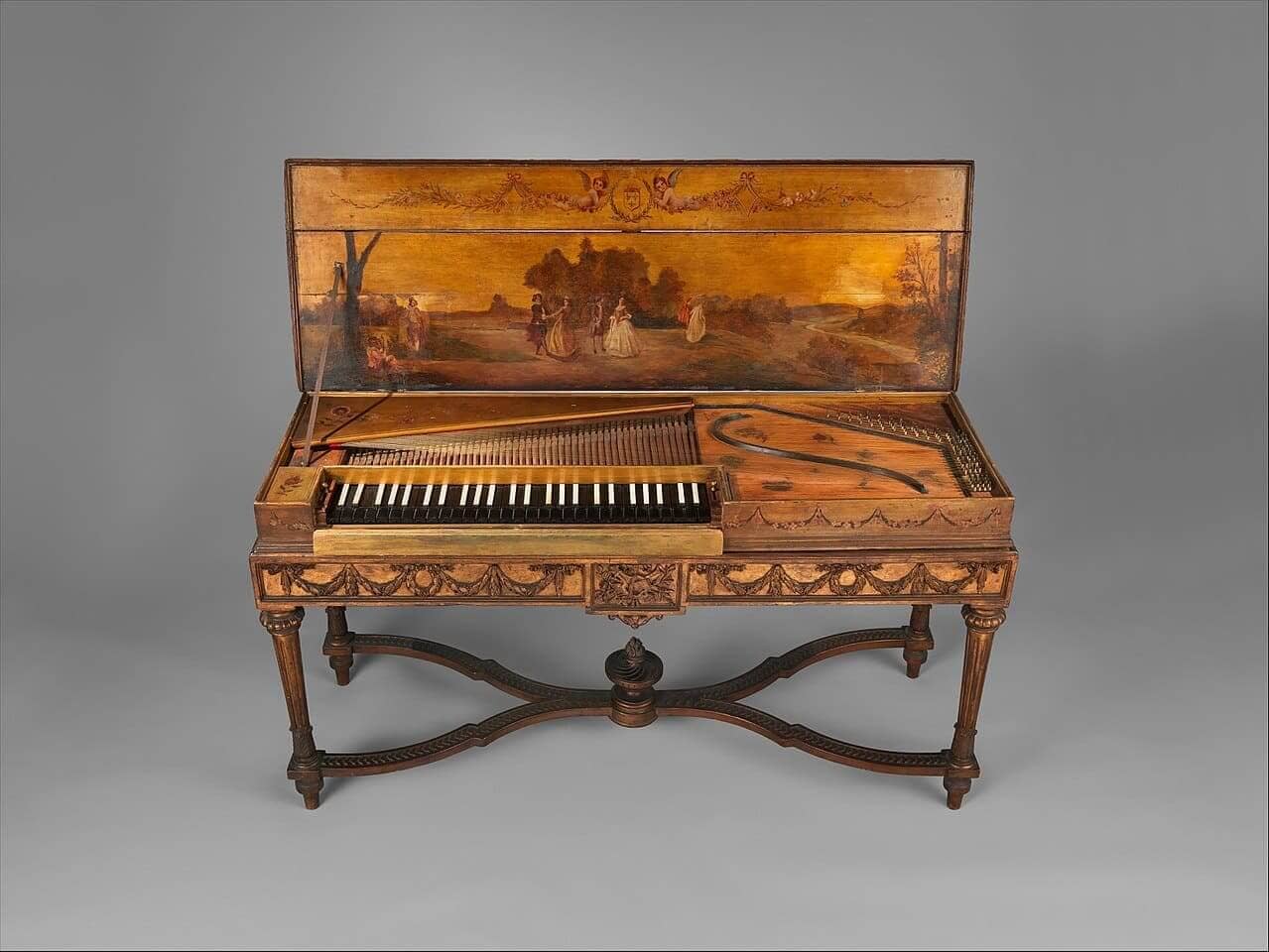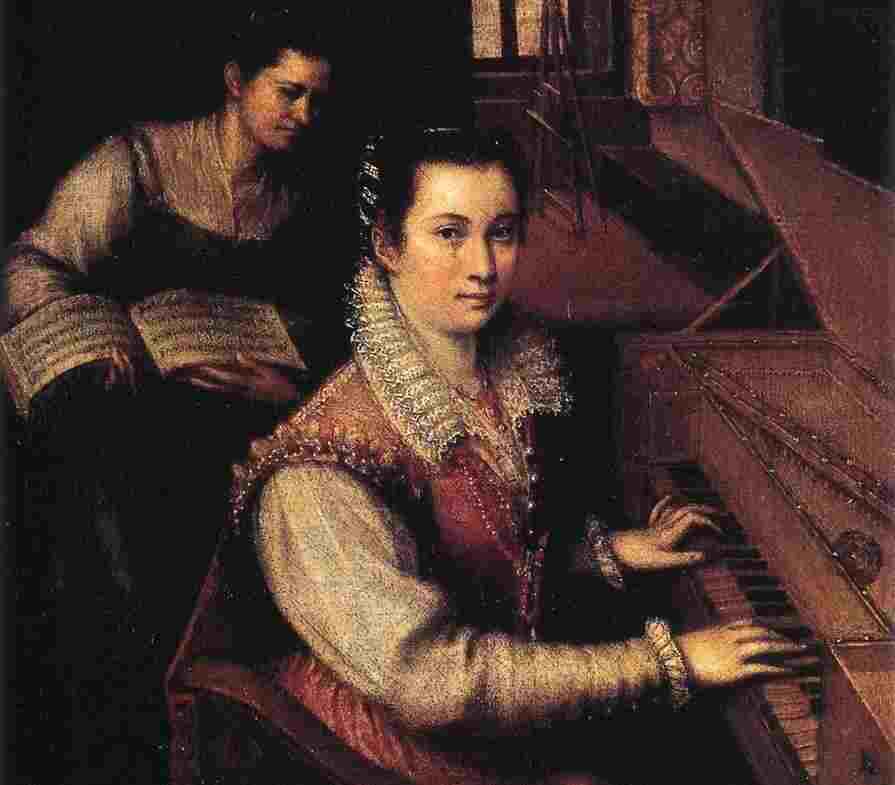
Clavichord - Piano's Softer Cousin
The clavichord breathes; it sings; it speaks. It can whisper, it can cry; it can shout, it can laugh. It's an instrument of the soul Michael Thomas
In musical history, the clavichord is often overlooked. Yet, its delicate, hauntingly beautiful sound has charmed musicians and audiences alike for centuries. Painted, inlaid, and often highly decorated, the clavichord is a stringed keyboard instrument that flourished from about 1400 to 1800.
Unlike many of its brash counterparts, the clavichord can achieve dynamic variation—piano, forte, crescendo, diminuendo—by the player's touch alone. It can even produce a vibrato effect if finger pressure on the key is varied. Its tone is silvery and soft, best suited for intimate music.
History
The clavichord was born in the early fourteenth century, making its first appearance in the German poem "Der Minne Regeln" in 1404. Back then, it was recognized as the best instrument to accompany melodies.
Fast-forward a century, and we land on a curious entry in the privy-purse expenses of England's Queen Elizabeth of York: a pair of clavichords, a royal gift of music in 1502.

By the 16th century, the clavichord had become the star of music-making in homes, especially in the German-speaking lands, Scandinavia, and the Iberian Peninsula. During its heyday, clavichord music formed the largest part of people's musical experiences.
Its popularity waned by 1850, only to be revived in the late 1890s by Arnold Dolmetsch and others, like Violet Gordon-Woodhouse, who helped popularize the instrument. Today, the clavichord is cherished by enthusiasts of Renaissance, Baroque, and Classical music.
How it Works
The clavichord's mechanism is fascinating. When a key is depressed, a small brass blade, the tangent, strikes a string, dividing it into two segments. The segment between the tangent and the bridge vibrates, producing a note, while the other part is silenced by a woven felt damper. Once the key is released, the tangent falls away from the string, bringing the note to a quiet end.
Clavichord vs Harpsichord
While the clavichord and harpsichord may look similar at first glance, they're as different as night and day in their sound and mechanics.
The harpsichord produces sound by plucking the strings with a plectrum, while the clavichord creates sound by striking the strings with a small brass blade, or tangent. This difference gives the clavichord its unique ability to control dynamics by touch, a feature that sets it apart from its peers.
Clavichord vs Piano
While the piano might be the more famous cousin, the clavichord is its quiet predecessor, its intimate ancestor. Both instruments share the mechanism of striking their strings to produce sound, but the clavichord's sound is softer and more subtle, making it perfect for private, reflective performances.